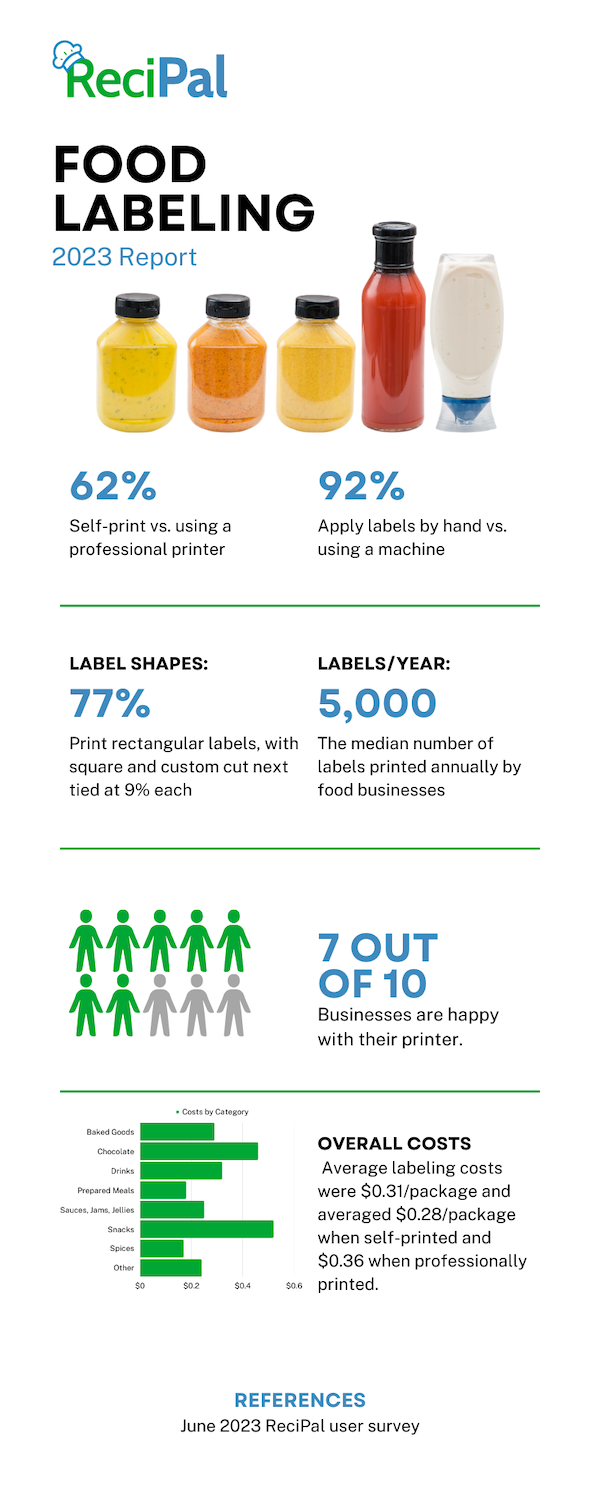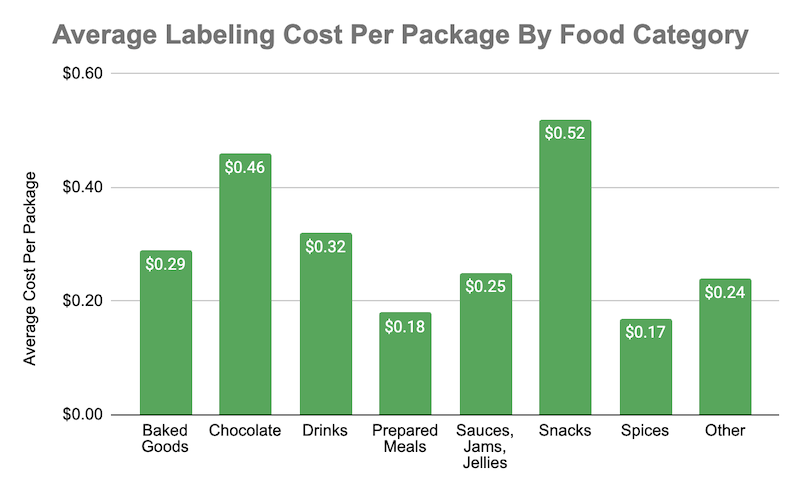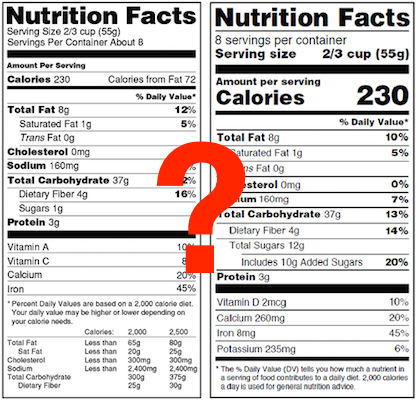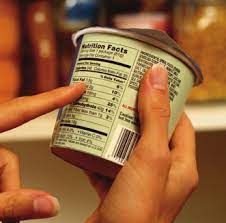Food Label Printing Report: Trends and best practices from an analysis of food businesses

How Companies Print Labels
In-House Printing
62% of our survey respondents said that they printed their labels themselves. For many food businesses getting started this option makes complete sense.
While working with a professional label printer can save money and increase capabilities at scale, they aren’t always the right fit for low production volume. Professional printers can have minimums, set up fees, or other cost-prohibitive structures that make small print runs infeasible. In fact, our survey found that in-house printing saved $0.08 on average per package.
For businesses that are figuring out their branding or that need greater flexibility, in-house printing allows them to respond to the market and make adjustments as necessary while reducing the risk of overstocking.
In-house printing isn’t only for early stage businesses either. From our survey results the average number of labels printed in-house was ~10,000 annually, but some companies were printing more than 100K labels a year themselves.
If done correctly, in-house printing can be a strategic advantage.
💪User Recommendation: “I found that it's cost effective when I print my own labels using a Primera LX500.” -Company that produces ~2500 frozen prepared meals a year
Professional Printing
34% of our survey respondents used professional label printing services(if you’re doing the math, the other 4% used professional pre-printed packaging). While in-house printing may be cost-effective for small print runs, professional label printing can offer savings for larger production volumes. Printing companies have economies of scale, bulk purchasing power, and optimized production processes, resulting in competitive pricing for larger quantities.
In our survey, companies using professional printing services averaged 40,000 labels annually with some companies printing millions of labels with their partners. Aside from economies of scale, professional printing offers the ability to leverage cutting edge technology, materials, and expertise to get the highest quality end product. If you’re trying to set your brand apart from the competition the label plays a huge part in its positioning.
Many businesses reported still being in the search for the right printing partner. We also found that a high percentage of companies were working with locally based printers. However, here are some of the national brands that our users said they would recommend:
We like the fact that Avery has options for both in-house printing and professional printing. With a wide range of labels, best in class equipment, and a reputation for quality, it’s an option that can scale with your company.
Deciding what’s right for your business
As outlined, there are many factors that go into making your printing decision. Here are the trends we found from our survey of food entrepreneurs.
At less than 5000 packages per year, businesses were twice as likely to choose in-house printing over professional printing. Between 5000 and 30,000 packages per year, there was an even split between in-house printing and professional printing. Over 30,000 packages per year, businesses were twice as likely to choose professional printing over in-house printing.
How Companies Apply Labels
92% of companies surveyed apply their labels by hand. Based on the number of labels printed each year this may be a surprising statistic. However, what our survey suggested is that the method of application is perhaps determined most by the shape of the packaging versus the number of products labeled.
75% of the companies that reported applying labels with a machine had product packaging that was cylindrical - jams, jellies, salsas, sauces, drinks, etc. There are two reasons we think these types of products might lend themselves to machine applications:
- It’s harder to hand apply labels on cylindrical objects so machine application ensures a professional look.
- Machine application on cylindrical objects is more efficient. Doing a little research into applicator machines we found that flat object applicators can cost 50% more and took more than twice as long. For instance, in one case a flat label applicator could apply up to 500 labels per hour whereas a round label applicator could apply 1200 in an hour.
💪User Recommendation: “Invest in a decent labeler when you're first starting. It'll save hours of labor.” -Company that produces ~20,000 Bloody Mary mixes a year
How Much Labels Cost
Mixing food metaphors here, cost is hard to compare apples to apples, so take the results with a grain of salt. Remember that the quality, colors, finishes, materials, sizes, and quantities are all variables that will affect price, but that were not necessarily controlled for in this reporting.
Our survey found that the average labeling costs per package was $0.31. Professional printing averaged at $0.36 per package and self-print averaged at $0.28 per package. Again, keep in mind this figure does not consider the many factors that could affect the price.
Looking at the costs by food category we found that most fell into a similar range of around $0.30 per package with the snack food category being the most expensive at $0.52 per package and spices being the cheapest at $0.17 per package.

Rather than comparing your company’s costs to these benchmarks, it may be most helpful to start by evaluating how important your labeling is to your brand, especially within your specific niche. Instead of thinking of labeling as an expense that needs to be trimmed to the bone, assess it through the lens of an investment. If it costs a few more cents per package to produce a label with a better feel or finish but that will ultimately help build your brand and sell more product, then it’s money well spent.
Questions and Comments
“Looking to know more about companies using machines - do they hand feed the bags, cost etc.?”
There are a range of machine application options and depending on the type of product, the quantity, and both the capabilities and costs will vary. Generally speaking, manually fed labelers can cost between $1500 - $3000. Automatically fed labelers are an option but are much more expensive.
“Deciphering FDA labeling guidelines for small packages (single serve) can be hard.”
A number of people brought up the difficulty of labeling small packages and deciphering the FDA’s guidelines around this issue. If you fall into this category labeling can be frustrating, but here a few things to note:
- Your text needs to be readable. This means:
- Use letters that are at least one sixteenth (1/16) inch in height based on the lower case letter “o”.
- The letters must not be more than three times as high as they are wide, and the lettering must contrast sufficiently with the background so as to be easy to read.
- Packages that have a total surface area available for labeling of less than 12 square inches: don’t have to include a nutrition fact panel as long as they don’t make any nutritional claims or bear other nutrition information on the label. You can check out our article about FDA label format rules for more information.
- Packages that have a total surface area available for labeling of 40 or less square inches:
- Can use a tabular nutrition panel display if the shape or size of the package cannot accommodate a standard vertical column display. If tabular does not work then linear format can be used.
- Can use abbreviated terms to save space.
- Can present the nutrition information on any panel.
- The simplified nutrition information format (which lists just the five core nutrients) can be used when:
- A food product contains insignificant amounts of eight or more of the following: Calories, total fat, saturated fat, trans fat, cholesterol, sodium, total carbohydrate, dietary fiber, total sugars, added sugars, protein, vitamin D, calcium, iron, and potassium.
- If you still can’t make it work, you can request a special allowance.
The tabular, linear, and simplified formats are all available within ReciPal.
“What are cost effective ways to print in small quantities?”
Pre-cut label sheets are an economical option for small quantity label printing. These sheets come with multiple labels pre-cut to a specific size, allowing you to print your labels using a standard inkjet or laser printer. This eliminates the need for specialized label printing equipment and enables you to print small batches of labels as needed. Avery.com or onlinelabels.com are two good options for this.
As mentioned previously, if you’re going to be doing a lot of small quantity printing it may make sense to invest in a dedicated label printer. While there is an upfront investment it gives you the freedom to make real-time adjustments, customize labels for special promotions or limited editions, and quickly respond to market demands. If you see variety and flexibility as a strategic advantage then this method of in-house printing may make sense. Users have recommended Primera for this route.
Local print shops can be a cost-effective option for small quantity label printing, especially if you have a good relationship with a nearby printer. As mentioned earlier, we saw that a lot of respondents were working with local print shops and think that this may be the reason. They may offer competitive pricing for small print runs and can provide guidance on label materials, colors, and finishes that suit your needs. Local print shops also allow for more hands-on communication and the ability to review physical proofs before printing the final labels.
“Label design software of choice?”
The individual asking this question shared that they initially used BarTender and now switched to NiceLabel. Many of our other users have shared that they outsource this piece completely to a graphic designer versus tackling it themselves. Most of the designers we have worked with utilize the Adobe suite of services. However, for those with a creative side and willing to get their hands a little dirty we’ve found that Canva offers very user-friendly software that can produce clean, professional designs. Further, some professional print options have built in design tools. For example, Avery provides its own label design software, Avery Design & Print, specifically tailored for their label products.






